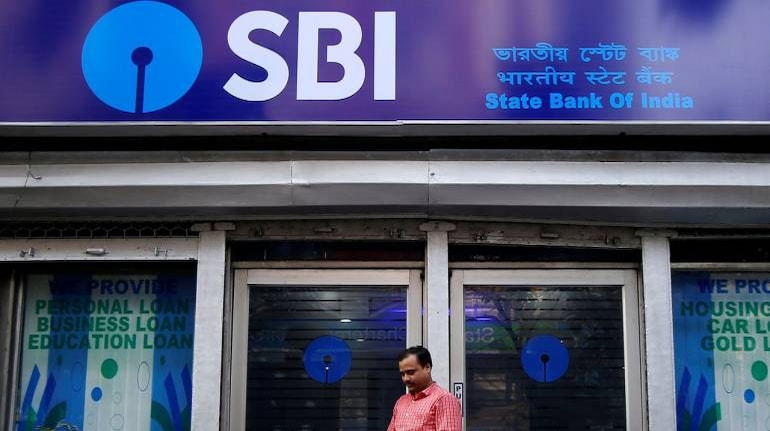
A clutch of public sector banks -- State Bank of India, Union Bank of India, Bank of India and Indian Bank -- have announced emergency steps to help borrowers tide over the 21-day nationwide lockdown during the novel coronavirus, or COVID-19, outbreak.
These include emergency loans to both retail customers and companies. For instance, Indian Bank announced loan facilities to MSMEs, salaried class, and those drawing a pension. Loans will now be made available to those who have been affected by the lockdown, the bank said. “To financially help you cope during these difficult times of coronavirus outbreak, Indian Bank unveils credit lines for corporates, small businesses, retail customers and pensioners,” the bank tweeted.
A similar announcement was made by Union Bank as well. The bank asked all its existing customers to approach its COVID Emergency Line of Credit (CELC) to avail additional credit facilities.
Similarly, SBI will provide an additional liquidity under its COVID-19 Emergency Credit Line (CECL). The PSU banking behemoth will offer funds up to Rs 200 crore, which will be available till June 30. These loans will be offered at an interest rate of 7.25 percent and have a tenure of 12 months.
Besides, SBI has also committed 0.25 percent of its FY21 profit to fight the COVID-19 outbreak in India. The amount used to fight the COVID-19 pandemic will be utilised from its CSR fund.
The bank will use these funds mainly to support health care of those underprivileged, in cooperation with medical professionals and industry, it said in a statement.
Prime Minister Narendra Modi, on March 24, announced a nationwide lock-down for 21 days launching a counter attack on the coronavirus pandemic. Essential services have been exempted from this lockdown.
The nationwide lock down is likely to severely impact economic activity over the next few weeks as business come to a grinding halt. Barclays' emerging market research estimates that the cumulative shutdown costs will be around $120 billion, or 4 percent of GDP. “Of the $120 billion, the new shutdown assumptions account for roughly $90 billion of additional impact,” Barclays said. Factoring in the loss in output, Barclays has cut its FY21 GDP forecast to 3.5 percent from 5.2 percent earlier.
Discover the latest business news, Sensex, and Nifty updates. Obtain Personal Finance insights, tax queries, and expert opinions on Moneycontrol or download the Moneycontrol App to stay updated!